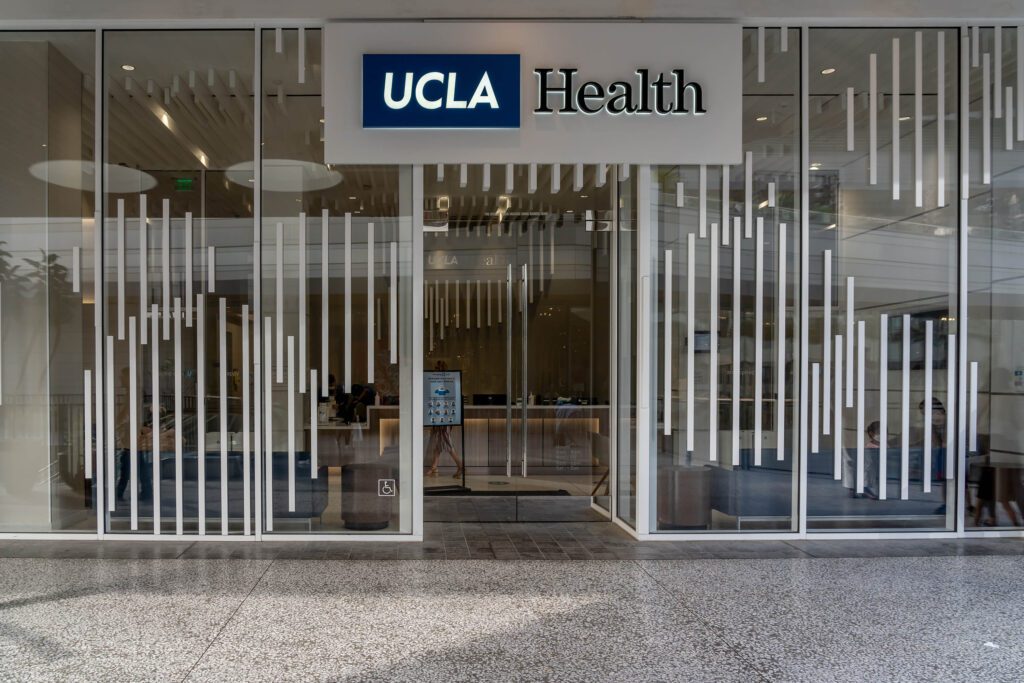Reprinted with permission from Healthcare Contact Center Times
by Jessica Levco
UCLA Health averages 4.5 million calls each year, handled by 460 schedulers who support 200 clinics and 27 specialties. Scott Teplin, Clinical Services Manager at UCLA Patient Communication Center, knew that some of these calls were slipping through the cracks.
The Problem with the Red Flag PDF List
For many years, agents used a “red flag” list–a one-page PDF that lists high-risk symptoms like chest pain, seizure or coughing up blood. If a caller mentioned one of the symptoms on the list, the scheduler would follow a workflow to either make an appointment or send the call to nurse triage.
Some schedulers printed this list and posted it on their cubicle. Others had it pulled up on their computers. Either way, they had to toggle between Epic and the PDF to get everything documented. It was a cumbersome process.
“Over the years, I saw that high-risk patients weren’t getting identified with the workflow we had with the PDF,” Teplin says.
Teplin was looking for a program that would fit the needs of his schedulers, but he didn’t have success until he came across the SymptomScreen tool by ClearTriage. Instead of a one-page PDF, this is a dynamic, advanced tool with layers that allows for schedulers to ask more detailed questions, routing patients to the appropriate next step.
Not only is it embedded into Epic, it corrects for misspellings and it has a list of synonyms. For example, if a caller says they have “vertigo,” and the scheduler doesn’t understand what that is, the SymptomScreen tool will let the scheduler know it’s “dizziness.”

Going Live with SymptomScreen
UCLA Health started their SymptomScreen pilot program in June of 2021 with 45 schedulers and 61 departments. It went live to the whole call center in August of 2021.
“It was important to do a pilot to identify any issues we had before we did the whole call center,” Teplin says. “The pilot was effective because we could do it in a smaller, controlled environment. Plus, we were able to review all the clinical content with our medical directors and customize content to make it as non-medical as possible for our schedulers.”
Because of SymptomScreen, Teplin says that the nurse triage line is getting 100 calls a week they wouldn’t normally receive. *
“This is a big spike,” Teplin says. “Before these patients might not have been identified, not sent to the right channel or slipped through the cracks. For patients who are at high-risk, this allows them to talk to someone in clinical before making an appointment. We don’t want someone to be sitting around with chest pain.”
*Note – One of Teplin’s primary goals was to identify high-risk calls that were being missed. He wanted to get the right calls to the right place and to make sure the potentially emergent or urgent calls were directed to nurse triage. He knew this meant that he would likely increase the volume of calls going to nurse triage. Other organizations using SymptomScreen have seen a reduced number of calls going to triage. SymptomScreen enables consistent prioritization of calls, the change in where those calls are routed depends on where the organization is starting from and what their goals are.

